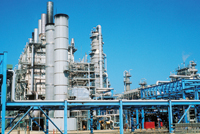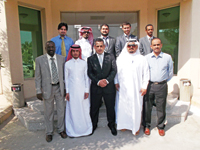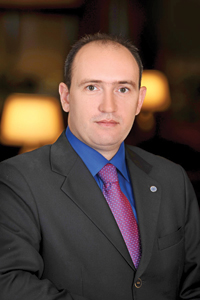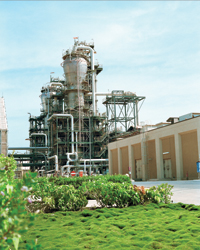
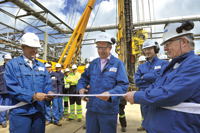 Sabic Europe ... under pressure
Sabic Europe ... under pressure
Sabic executives say European polymer makers can cut the impact of tough macroeconomic and feedstock conditions.
As business conditions remain challenging across Europe, polymer producers will need to adapt their business models to cope with ongoing volatility in demand and feedstock pricing, senior executives from Sabic say.
The eurozone crisis has caused demand from key industries such as automotive to decline in many parts of Europe, while feedstock price volatility has put polymer producers under a lot of pressure, according to Dieter Hollmann, Sabic business director for polypropylene (PP) in Europe, and Konrad Hellmann, Sabic’s country leader for Germany and west region automotive leader.
The executives concede that the automotive business in Europe, a key end-use market for Sabic, has not been performing well, especially in southern Europe.
Hellmann says: 'The German OEMs [original equipment manufacturers] were holding up quite nicely in the first half [of 2012], but we expect a slowdown in H2. The premium sector is showing the first signs of a slowdown.'
He points out that manufacturers such as Germany’s Volkswagen are planning production cutbacks in the fourth quarter. 'It’s not an easy situation in Europe,' he says. 'There has been slight improvement in French, Italian and Spanish sectors but this is linked to (pent-up demand for replacement vehicles).'
Hollmann adds: 'It’s clear that demand in the polymers market has not reached pre-crisis levels. We expect it to take another couple of years to return to that level. There is a general trend in the polymers business towards more sustainable solutions and higher recycling rates, which has also impacted demand growth.'
To cope with these conditions the executives say companies along the entire value chain, including chemical companies and their customers, need to have a strong focus on working capital and inventory management as a way of reducing their exposure to feedstock volatility.
Hollmann says: 'There is high volatility in all our markets, driven by raw materials, and we expect that to continue for a while. There are changes in customer behaviour as people are looking at optimising stocks. It’s a very important element for the whole value chain. Working capital management will be very high on the agenda [for the chemicals industry]. We need to have a very flexible system.'
Production – especially at high cost sites – will also have to be managed carefully in order to keep markets balanced and maintain profitability.
'In the next few years we also see that at sites which are not cost-competitive, there will be adjustments to production if necessary – not everyone will continue to operate at ‘full blast’, but they will adjust supply to demand developments in Europe,' says Hollman.
He adds that Sabic has no current plans to close sites in Europe as the company has a strong position with 'supersites' that continue to improve its cost position.
Hellmann, who is more focused on downstream products such as engineering polymers, says volatility has also affected value-added products. 'In engineering resins there has been volatility and the same is true of compounding sites,' he says. 'If necessary we can think about compounding assets because it is no problem to reduce production if necessary.'
He adds: 'However, we are working hard to fill these assets with new businesses and products. We have no plans to (reduce production) at present as they are still operating nicely.'
To sustain growth through the downturn, companies such as Sabic are also focusing on higher-performing regions, which include emerging markets, and reshaping product portfolios to engage with customers.
Hollmann says: 'We are in a global economic downturn and we cannot do a lot about that, but we have to ask how do we, as Sabic, position ourselves to cope with it.
'Since the downturn we have increased market share in all major markets in the world. This puts us in a good situation because we can offset lower demand in a region like Europe by increasing business in other high-growth areas.'
He says the company’s exports from Saudi Arabia puts it in a very good competitive position in Asia and the Middle East market, as well as cementing its strong position in Europe.
Hellmann adds: 'Since we can’t influence demand and GDP growth (but) we can influence our portfolio, we’re adding a number of new polymers such as POM (polyacetal), elastomers and polymethyl methacrylate (PMMA) right up the value chain to carbon fibre, all in the Middle East.'
Hollmann says propylene consumers in Europe do not need to be too concerned about the shift to lighter feedstocks in the region, which could result in lower propylene production. He believes on-purpose production can compensate. 'In the past propylene was always cheap compared to ethylene – those times are over. The PP industry must get used to it.
'But there is enough value in our products to cope with this if you focus on value-added products. We can also move into low-end engineering segments such as electrical appliances, where we can further develop the use of propylene.'










































































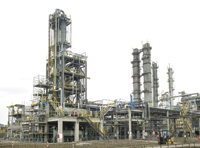
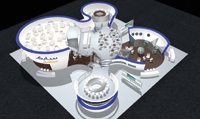
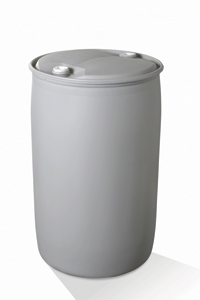
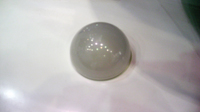

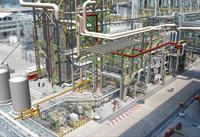
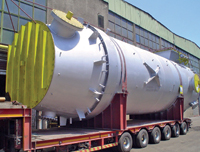

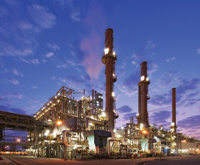
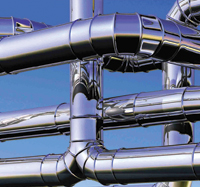




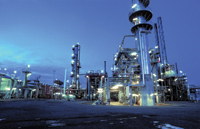
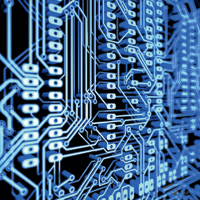


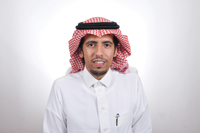



.jpg)
